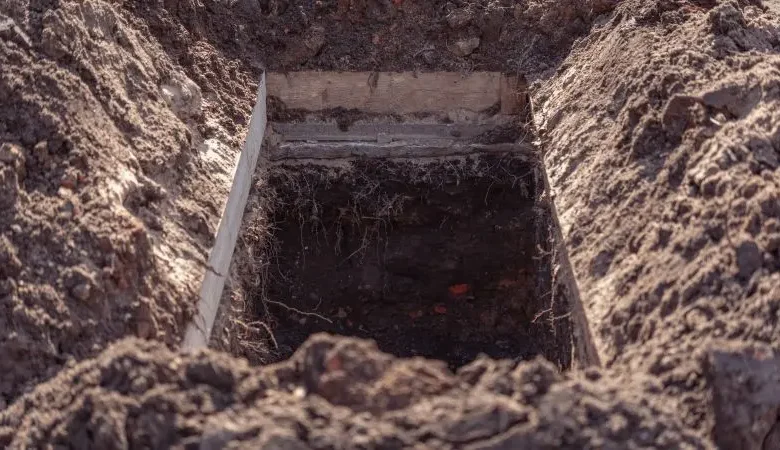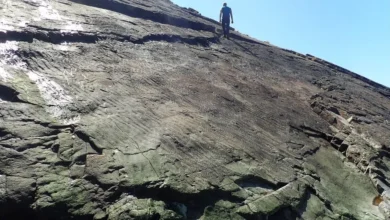Astronomical calendar discovered in ancient Chinese tomb

Ancient wooden artifacts that may be linked to an astronomical calendar have been unearthed by archaeologists in China. The discovery was made inside a remarkably well-preserved tomb believed to be approximately 2000 years old.
The collection consists of 23 rectangular wooden objects, measuring about 2.5 cm wide and 10 cm long, each displaying a Chinese character associated with the Tiangan Dizhi, a traditional astrological calendar used during the Shang Dynasty.
Experts speculate that one of the wooden pieces potentially represented the current year, while the remaining 22 could have been utilized to determine different years according to the ancient astronomical calendar.
The objects were found in the Wolong district, located around 870 miles (1400 kilometers) southwest of Beijing. A Chinese website, China News, reported on the discovery but noted that the exact functionality of the wooden pieces is yet to be fully understood.

What makes this finding particularly significant is the fact that it is the first time such relics have been found within an ancient tomb.
Before the invention of paper, it was common in China to write characters on strips of wood or bamboo. The discovery of these wooden artifacts provides valuable insights into the ancient Chinese calendar system and offers potential clues about how people in that era marked and tracked time.
The archaeological find sheds light on the rich cultural heritage of the region during the Shang Dynasty. The level of preservation within the tomb is remarkable, giving a glimpse into the lives and customs of the people who lived during that time.
The discovery highlights the importance of continued archaeological research in unraveling the mysteries of the past and expanding our knowledge of ancient civilizations.










